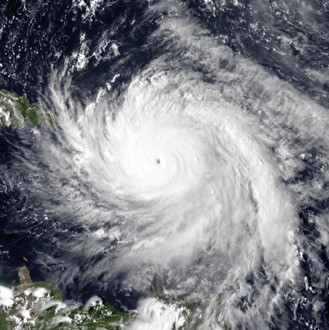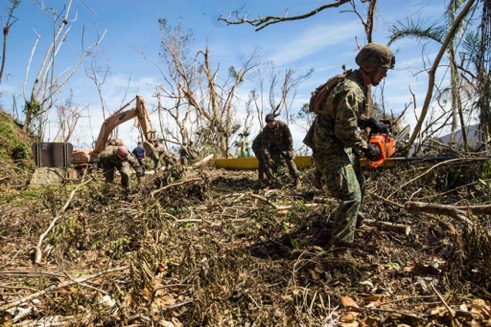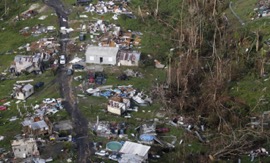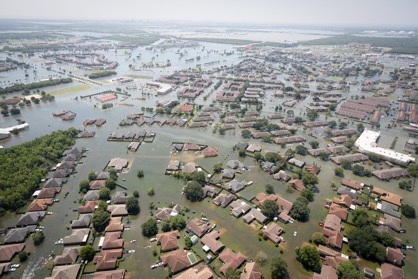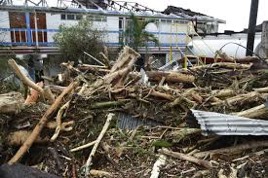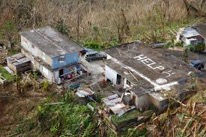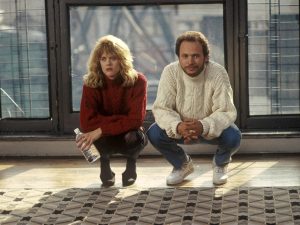Puerto Rico: Still in Crisis 4 Months After the Disaster
January 24, 2018
As the warm rays of sun struck the bays of the island of Puerto Rico on the morning of Sep. 20, 2017, a Category 4 hurricane swept over the small US territory. The eye of Hurricane Maria plowed across all of Puerto Rico, showing no mercy to its residents. With winds up to 155 mph, Hurricane Maria knocked out the island’s entire power grid and destroyed houses, buildings, trees, and streets. Even though it hit over four months ago, only around 60 percent of Puerto Rico still lacks power. Parts of Puerto Rico will be without electricity for the next three to four months. The power grid is still out, and supplies are limited, leaving many residents with no choice but to flee to the U.S mainland. 10 percent of Puerto Ricans still lack access to potable water and many lack cell service.
While Puerto Rico was in a major financial, health, and electrical crisis before the hurricane, the disaster has exacerbated its problems. Before Maria, Puerto Rico owed nearly $72 billion of debt to the U.S and other nations. That number increased astronomically afterwards. The U.S government supplied Puerto Rico with only $44 billion in aid. According to The Hill, Senator Patrick Leahy of Vermont described this aid as “insulting.” For nearly three weeks after Maria struck, close to no help was sent at all, and over 90% of the island did not have power. Now, supplies such as food, water, fuel, and other necessities are being sent to Puerto Rico, but the quantities are limited and hardly enough for 3.6 million people.
The death toll due to Hurricane Maria is rising as the situation becomes more dire, with power running low and resources being worn out. The Mayor of Puerto Rican capital San Juan, Carmen Yulín Cruz, who had previously pleaded with President Trump to send more help to the island, recently remarked that the death toll was much higher than the google statistics are telling us. The statistics show that only 66 people have been killed, but the unofficial death toll is closer to 1,000.
On Nov. 17, the head of Puerto Rico Electric Power Authority (PREPA), Richard Ramos, resigned from his position. Mayor Cruz tweeted, “That Ricardo Ramos does not head PREPA is the right thing. That he helped destroy the credibility of the PR government is a disgrace.” This event shed much needed light on the bankrupt company that is in charge of restoring Puerto Rico’s power grid. Its efforts have been minimal, and it is unclear how many homes have electricity. Recently, PREPA has become privatized, making it so that the citizens are not taxed for the company’s efforts. PREPA did not meet their promise of restoring the island to 95% power by December, falling short of their goal by more than 8%.



